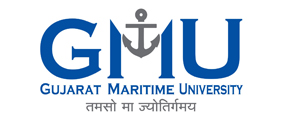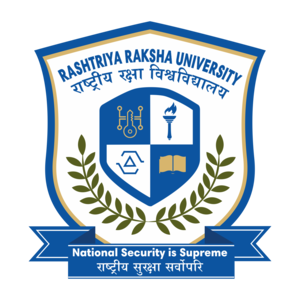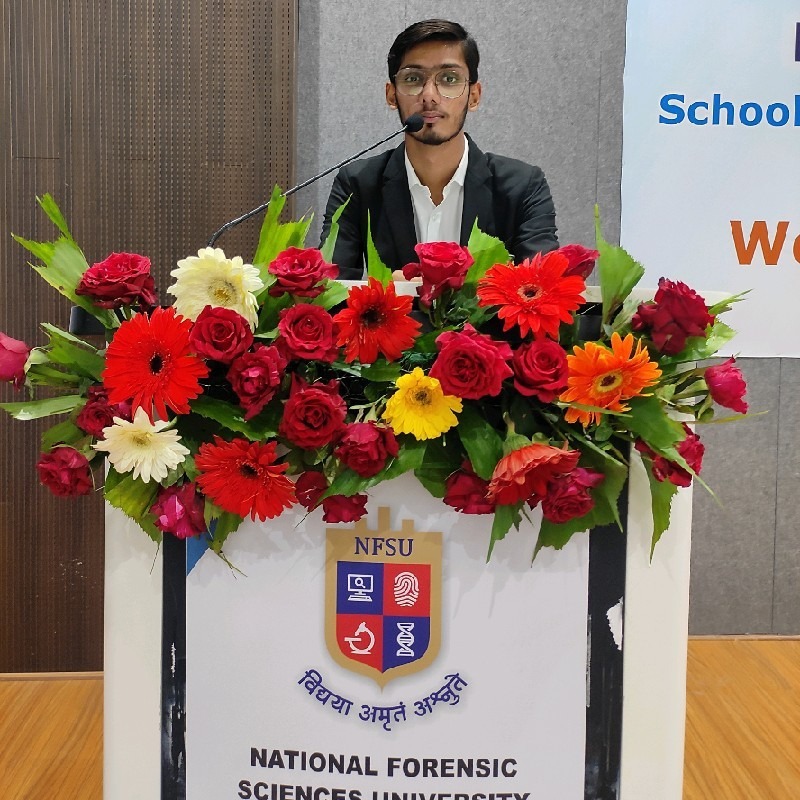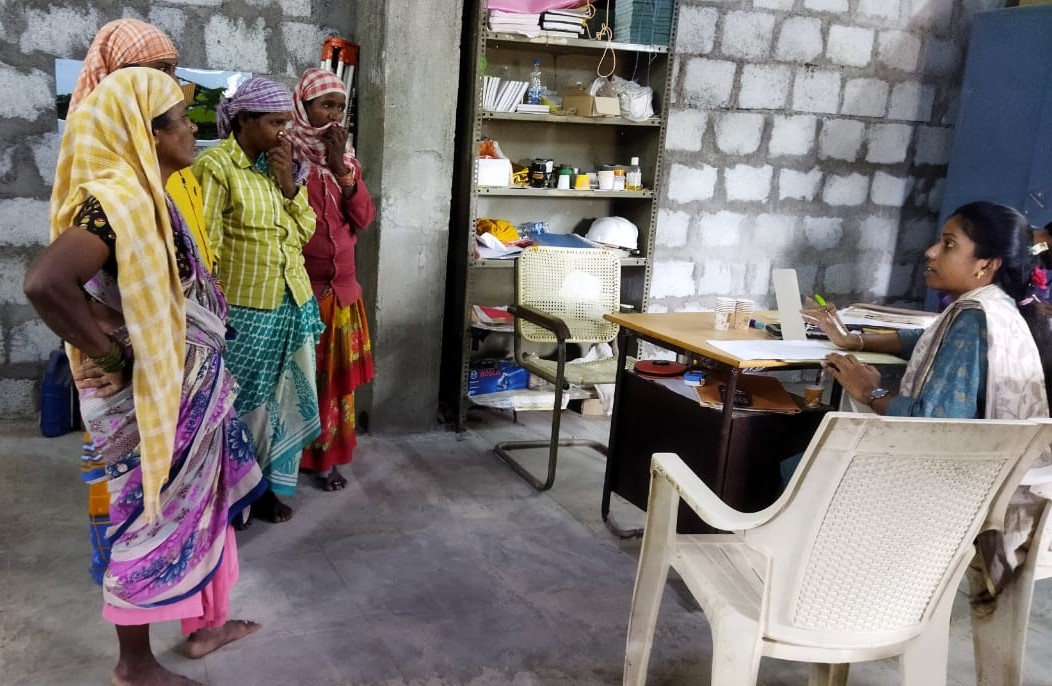
Implementation of Basic Human Rights (Book Review)
Implementation of Basic Human Rights is a book written by Prof.(Dr) Manoj Kumar Sinha. Mr. Sinha completed his Doctorate in International Law from Jawaharlal Nehru University, New Delhi. His areas of specializations are, Human Rights, Constitutional Law, International Humanitarian and Refugee Law, International Criminal Law etc. He has published extensively in the field of international law, international relations, Constitutional law, international human rights, humanitarian and refugee laws, in reputed national and international law journals.
Human Rights is a dynamic and live concept which must be treated with sensitivity. Its meaning has to be interpreted and understood with the changes brought in by developments in social, economic, cultural, civil and political spheres. These developments also gives rise to aspirations of the people to be able to exercise their rights of equality and justice in its finer aspects. The evolution of human rights, after all, depends on the evolution of mankind.
This book is a study about the guarantee of those inherent rights which give strength to an individual to grow holistically with the faith and assurance that in any crisis, whether war or emergency such rights will not be taken away by the states. This book consists of six chapters. The first chapter deals with the introduction, evolution of the concept of Human Rights and the development of human rights from the ages of Arthashastra, the development of human rights in international law in different stages from Magna Carta to Positivism, from natural law theory to the socialist ideology. The author in the introduction tries to tell us the promotion of human rights prior to the United Nations and the four freedoms addressed by Franklin Roosevelt, the president of the United States of America in the US congress and the promotion with the United Nations. Later he speaks about the three treaties ie. The CP Covenant, The European Covenant and The American Covenant which led to the formation of concept called as Non-Derogable Rights. He then introduces us with the concepts of Ex post facto laws and jus cogens which are very important concepts of Human Rights.
Non – derogable rights are those rights specified in a treaty or nation which cannot be violated at any stage or state even during emergencies. The second chapter deals completely with the concept of Non-Derogable Human Rights.This chapter mainly confined to a content analysis of non-derogable rights which was decided in the all the conventions held. This chapter includes Right to life which was propagated in the International Covenant on Civil and Political Rights, European Convention for the Protection of Human Rights and Fundamental Freedoms, American Convention on Human Rights and African Commission on Human and Peoples’ Rights. Then it speaks about Right against Torture, Prohibition of Slavery and Servitude, Freedom from Retroactive Criminal Offences and Punishment, Prohibition of Imprisonment for Non- Fulfilment of Contractual Obligation, Right to Legal Recognition, Freedom of thought, conscience and Religion and Right to participate in Government. Through this chapter the author tries to explain the readers about all the Non- Derogable laws available to the people of any region. The American convention provides an exhaustive list of non-derogable rights.
Implementation is one of the major concept in any law or any policy introduced in the country or any organization. So the third chapter in this book speaks about the Implementation of Non-Derogable Rights. This chapter starts with the implementation mechanism at international level through various mechanisms such as Universal declaration of human rights, international covenant on Civil and Political rights, the commission on Human Rights and the Human Rights Council. It also tells us about the implementation mechanisms through various other conventions like American, European, African Convention and also Geneva Conventions. It concludes with the role of Non-Governmental Organizations in Implementation of Human Rights at International and Regional levels. And it was also observed through this chapter that a considerable number of international and regional human rights instruments along with elaborate provisions for implementation mechanism are available to safeguard human rights. It also arises a question “whether implementation mechanism effective in containing human rights violation?”
Jurisprudence of Non-Derogable Human Rights is the next chapter in this book. This chapter dwells on major determinations made by principal international and regional bodies with regard to non-derogable rights. It mainly cover the decisions of the Human Rights Committee at the international level and those of the European Court of Human Rights and the European Commission of Human Rights, the American Court of Human Rights and the America Commission on Human Rights at the regional level. In practice, there are only three human rights courts, all three at regional levels, namely the European Court of Human Rights, American Courts of Human Rights and the African Court of Human Rights. On the international plane, the International Covenant on Civil and Political Rights does not have any provision for a court. It has established a Human Rights Committee, which makes recommendations on cases related with violations of human rights on the basis of a quasi-judicial determination.
The next chapter talks about the Jurisprudence of the Indian Judiciary and National Human Rights Institutions. This chapter is mainly confined to portraying important decisions pronounced by the Supreme Court and the various High Courts of India as well as the National Human Rights Commission of India (NHRC). The emphasis of the study is not to cover all cases related with fundamental rights. The thrust will be mainly on non-derogable rights under the Indian Constitution. There was not a single right recognized as a non-derogable rights before the 44th Amendment of the Constitution. There are two rights which acquired the attributes of non-derogable rights. They are Articles 20 and 21 of the Indian Constitution. This chapter is divided into two sections. The first section will cover major judicial decisions pronounced by the Supreme Court of India and some of the High Courts of India such as Maneka Gandhi Case, Bijbehara incident, Harjit Singh Case, Chakma Refugees, Jalil Ahmed Andrabi Case etc. The chapter concludes by considering India’s extensive territory, the vastness of its population and the complexity of social structure, cases of violation of rights, whether attributable to the agencies of the state or to the private individuals or groups, may occur its best efforts.
The book has mentioned a lot on International Covenant on Civil and Political rights, European Convention on Human Rights, American Convention on Human Rights and other conventions now I would like to mention about the Indian Context mentioned in this book.
In the Indian context, before the Forty Fourth Amendment to the Indian Constitution, the power of the state for suspension of fundamental rights during a proclamation of emergency was very wide. Article 359(1) empowers the President to pass an order to declare that “the rights to move any Court for the enforcement of such of the rights conferred by part III as may be mentioned in the order and all proceedings pending in any Court for the enforcement of the rights so mentioned shall remain suspended” either for the entire period of emergency or for such shorter period as might be specified in the order.
The power to proclaim an emergency in accordance with the Constitution lies with the President. The revolutionary judgment pronounced by Supreme Court in Maneka Gandhi v. Union of India, infused a new lease of life to Article 21; it has also restricted the arbitrary law making process. At present both Articles 20 and 21 are recognizedaas the irreducible core of human rights in Indi. These two rights are so fundamental that they cannot be snatched away by an arbitrary fiat of the executive even during the proclamation of emergency. Any executive action, as any piece of legislation, must be “right just and fair” and not arbitrary, fanciful or oppressive; otherwise it would be no procedure at all and the requirement of Article 21 would not be satisfied.
Apart from the Court, National Human Rights Commission (NHRC) is fully equipped to handle any situation. Being a government-established institution, people were suspicious about the functioning of the Commission. But within less than a three year period, it was able to establish its integrity and commitment. Through its work the Commission has been able to convey message that it can work independently and impartially, and its recommendations prove this.
Non- governmental Organizations (NGOs) and the media have been playing a crucial role in the protection of the non- deroable rights of people. There are several instances where NGOs were the first to report violation of human rights to the appropriate authorities. The NHRC has taken action on several human rights violation complaints mainly reported by local NGOs from different parts of the country. NGOs can play a significant role in the promotion and protection of the human rights of the people. It is the sacred duty of NGOs to educate the local masses about their rights and report each case of violation of human rights to appropriate forum.
The media has been playing a very crucial role in the promotion and protection of human rights in India. The role of the media, print as well as audio-visual, has acquired tremendous significance in the promotion of human rights. The media has helped in moulding public opinion against age-old societal wrongs like untouchability, manual scavenging and discrimination against the girl child. The NHRC has taken suomotu cognizance of press reports in several cases and initiated proceedings.
At a substantive level, there is a common core of non- derogable fundamental rights. However, at a procedural level, barring exceptional circumstances, there is a hierarchy between distinct mechanisms of protection which continues to prevail.
In a world marked by cultural diversity and fragmentation into independent states with diverse socio-political-economic structures, we have not yet reached a stage where the consequence of merging or centralization, or absence of hierarchy, procedures and mechanisms of human rights protection at global and regional levels can be properly anticipated and assessed.
The international community should make serious efforts to define the distinction between ordinary and higher rights and the legal significance of this distinction. It should also intensify efforts to extend the list of non- derogable rights recognised by the international community of States as a whole. In addition, the concepts of jus cogens and public order of the international community should be allowed to develop gradually through international practice and growing consensus. Acceptance of these concepts would go far towards deterring violation of human rights.
Lastly, the new human rights structure should eventually be secured by international acceptance of binding provisions for the adjudication of disputes implicating jus cogenss and publis order of the international community.
This book is a study about the guarantee to those inherent rights which give strength to an individual to grow holistically with the faith and assurance that in any crisis, whether war or emergency, such rights will not be taken away by the state. It explore the various international and regional mechanisms for the implementation of fundamental rights and the jurisprudence which has evolved from them. This book also traces the development of non-derogable rights in the Indian context. It concludes that it is necessary to secure more non-derogable rights at the international level. I suggest everyone to read this book to know about the non-derogable rights which every person have. I don’t think this book is only for people included in any law related jobs or pursuing law degree but this book is for every citizen in the world. It makes one know about their rights which may be useful at any stage of life. I myself learnt a lot from this book about my rights and the major positive point of this book is that the book is so simple and any one can easily understand it. Hope everyone enjoy reading this book.












